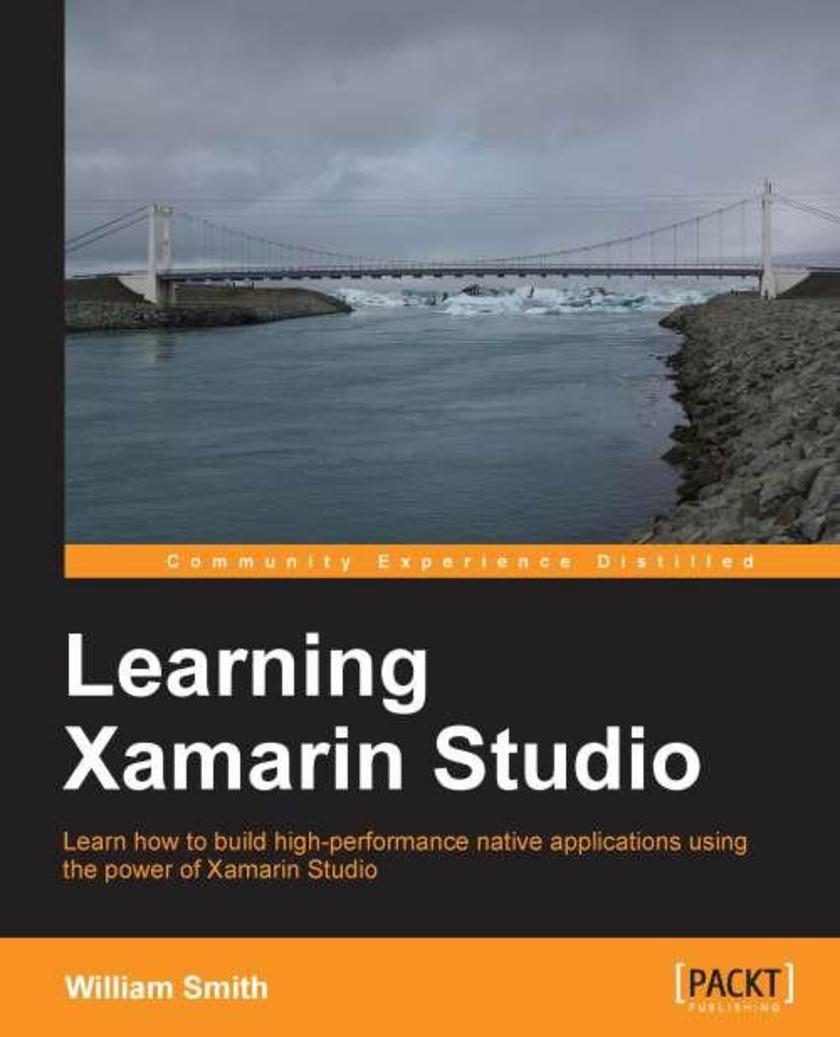
Learning Xamarin Studio
¥71.93
This book is intended for .NET developers with any level of experience and who are interested in building native applications without the hassle of becoming Objective-C or Java experts. Although it will be beneficial to have some development experience, particularly in .NET, Learning Xamarin help even a novice developer get past the headaches of setting up and customizing their new development environment so they can move on to producing high-quality native applications quickly.
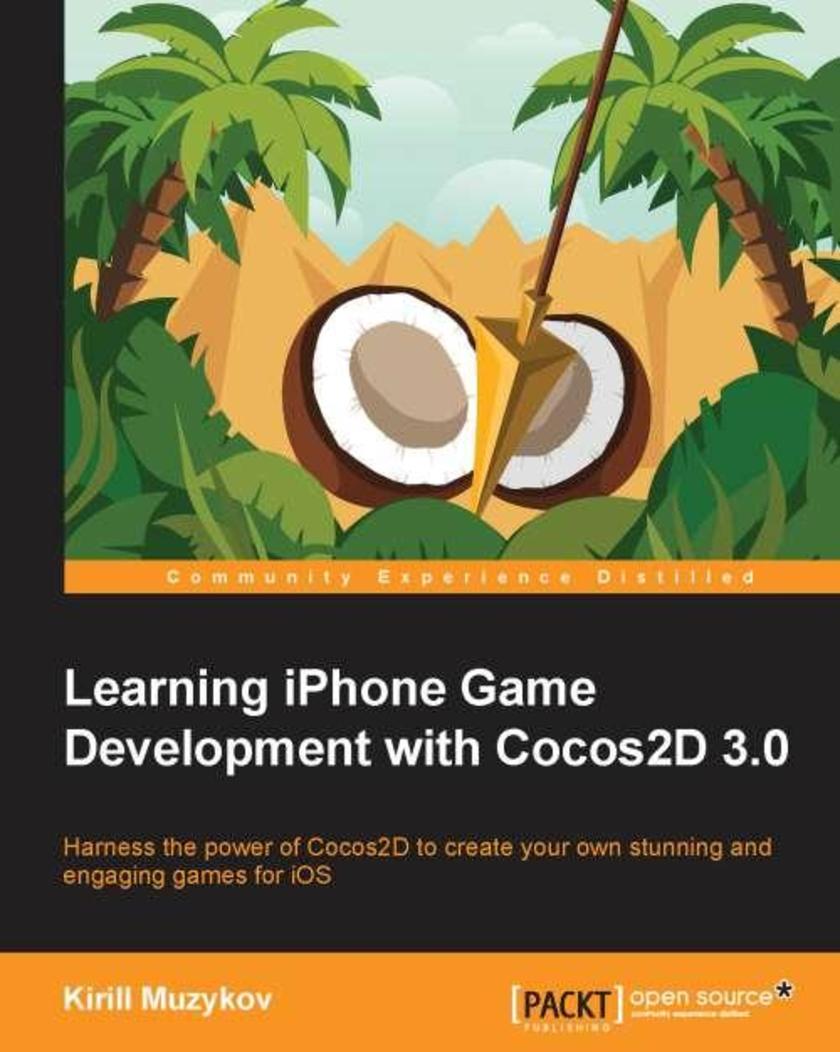
Learning iPhone Game Development with Cocos2D 3.0
¥71.93
This book is an easy-to-follow, step-by-step beginner's guide covering the full process of creating a game. It is packed with examples and illustrations, with comprehensive coverage of each topic. If you want to learn how to make games using the Cocos2D framework, this book is for you. If you would like to build a good foundation for a career in game development as an independent game developer or at a game studio, or if you just want to make games as a hobby, then you'll love this book. You should have some basic programming experience with Objective-C and Xcode. To run the code in this book, you will also need an Intel-based Macintosh running OS X Mountain Lion (or later).
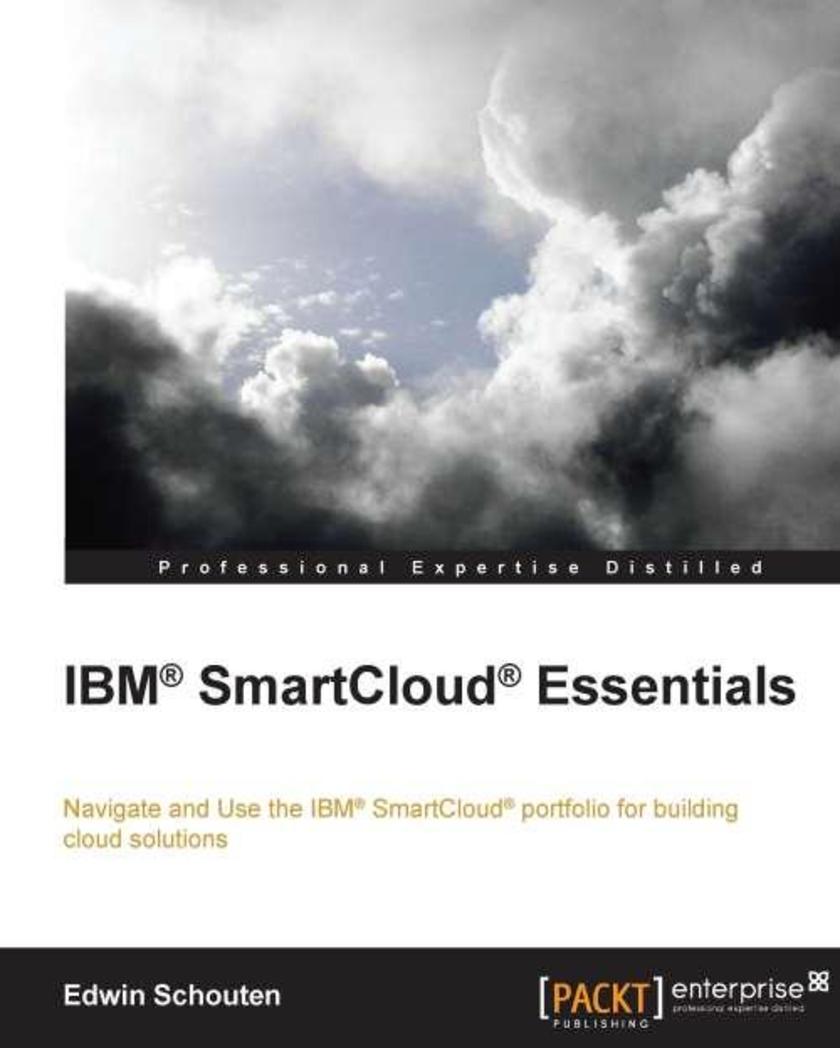
IBM SmartCloud Essentials
¥71.93
A practical, user-friendly guide that provides an introduction to cloud computing using IBM SmartCloud, along with a thorough understanding of resource management in a cloud environment.This book is great for anyone who wants to get a grasp of what cloud computing is and what IBM SmartCloud has to offer. If you are an IT specialist, IT architect, system administrator, or a developer who wants to thoroughly understand the cloud computing resource model, this book is ideal for you. No prior knowledge of cloud computing is expected.
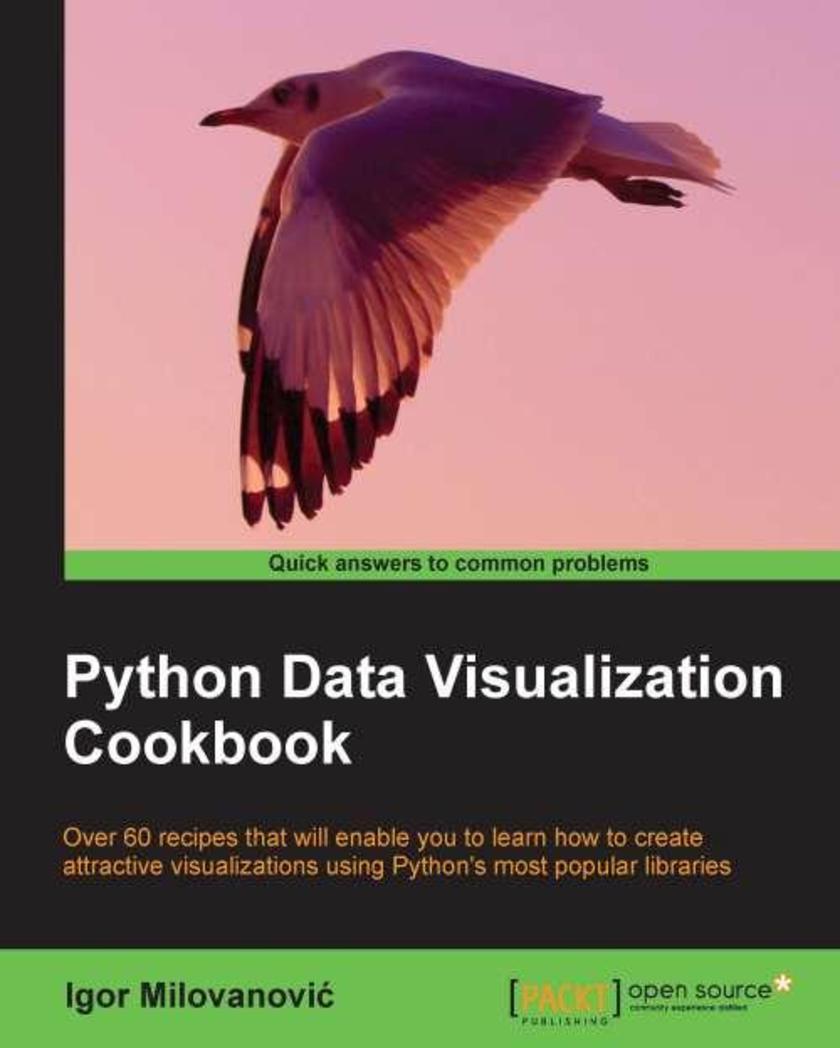
Python Data Visualization Cookbook
¥71.93
This book is written in a Cookbook style targeted towards an advanced audience. It covers the advanced topics of data visualization in Python.Python Data Visualization Cookbook is for developers that already know about Python programming in general. If you have heard about data visualization but you don't know where to start, then this book will guide you from the start and help you understand data, data formats, data visualization, and how to use Python to visualize data.You will need to know some general programming concepts, and any kind of programming experience will be helpful, but the code in this book is explained almost line by line. You don't need maths for this book, every concept that is introduced is thoroughly explained in plain English, and references are available for further interest in the topic.
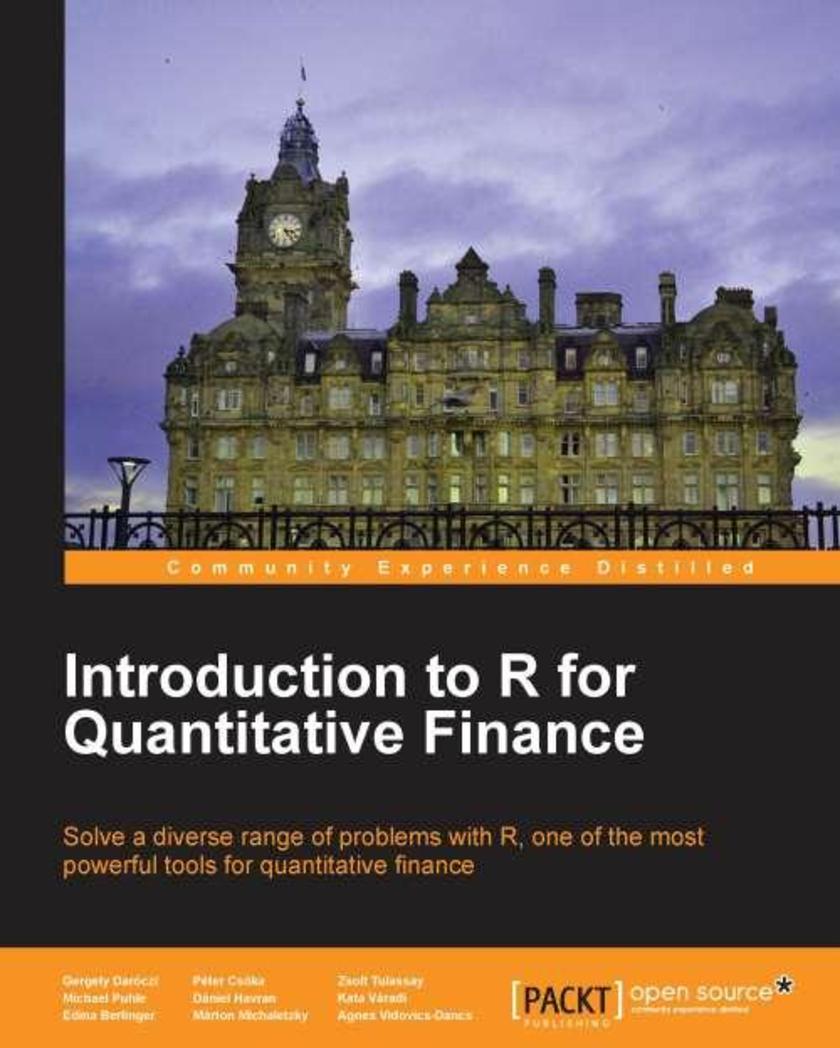
Introduction to R for Quantitative Finance
¥71.93
This book is a tutorial guide for new users that aims to help you understand the basics of and become accomplished with the use of R for quantitative finance.If you are looking to use R to solve problems in quantitative finance, then this book is for you. A basic knowledge of financial theory is assumed, but familiarity with R is not required. With a focus on using R to solve a wide range of issues, this book provides useful content for both the R beginner and more experience users.
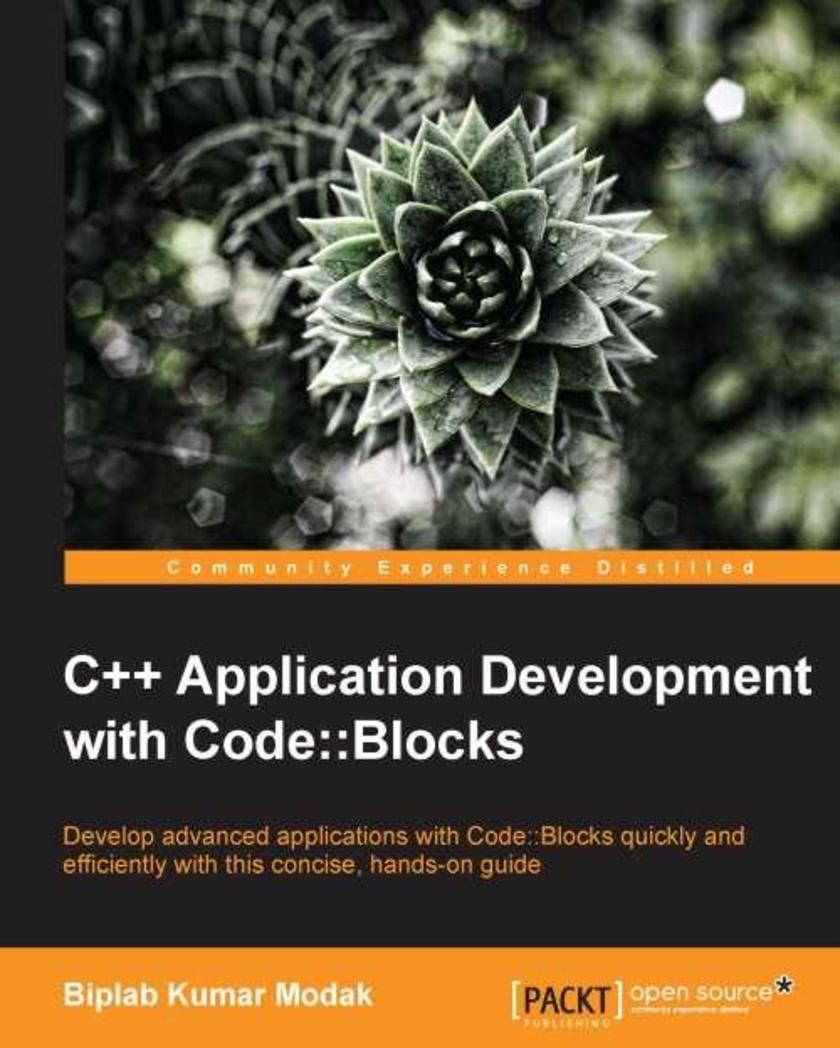
C++ Application Development with Code::Blocks
¥71.93
This is a comprehensive tutorial with step-by-step instructions on how to develop applications with Code::Blocks.This book is for C++ developers who wish to use Code::Blocks to create applications with a consistent look and feel across multiple platforms. This book assumes that you are familiar with the basics of the C++ programming language.
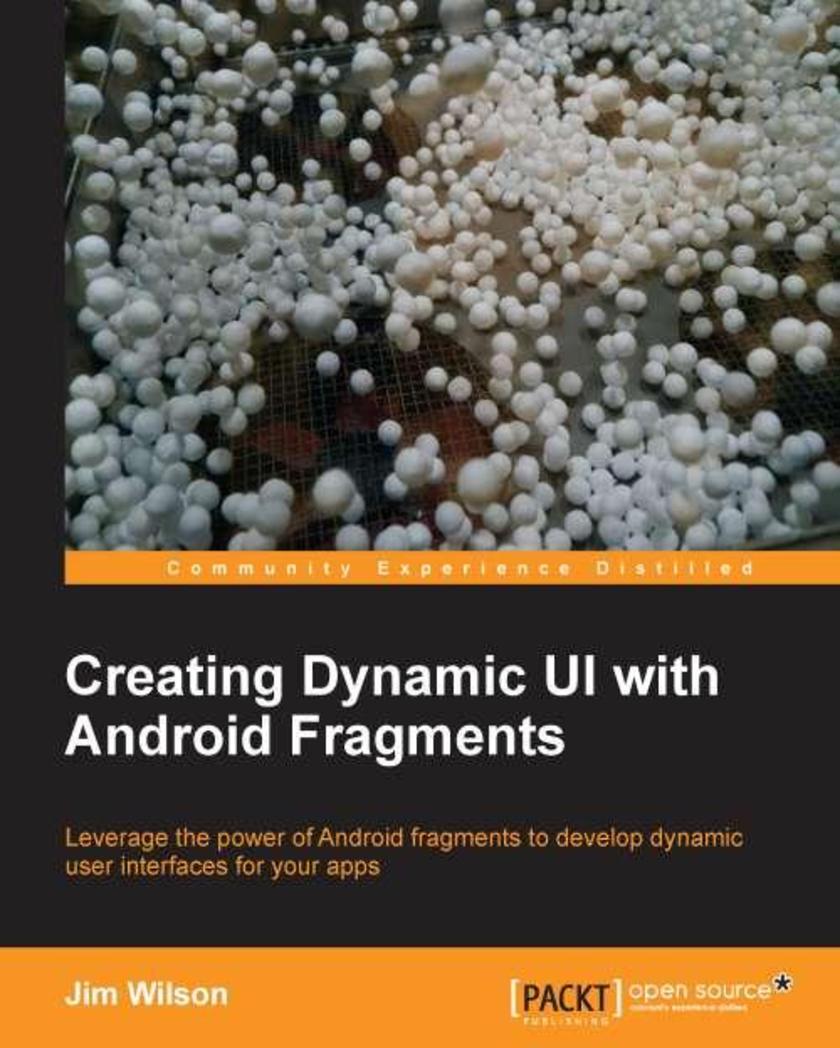
Creating Dynamic UI with,Android Fragments
¥71.93
A fast-paced tutorial that guides you through everything you need to know about dynamic UI design for Android devices.This book is for developers with a basic understanding of Android programming who would like to improve the appearance and usability of their applications. Whether you’re looking to create a more interactive user experience, create more dynamically adaptive UIs, provide better support for tablets and smartphones in a single app, reduce the complexity of managing your app UIs, or you are just trying to expand your UI design philosophy, then this book is for you.
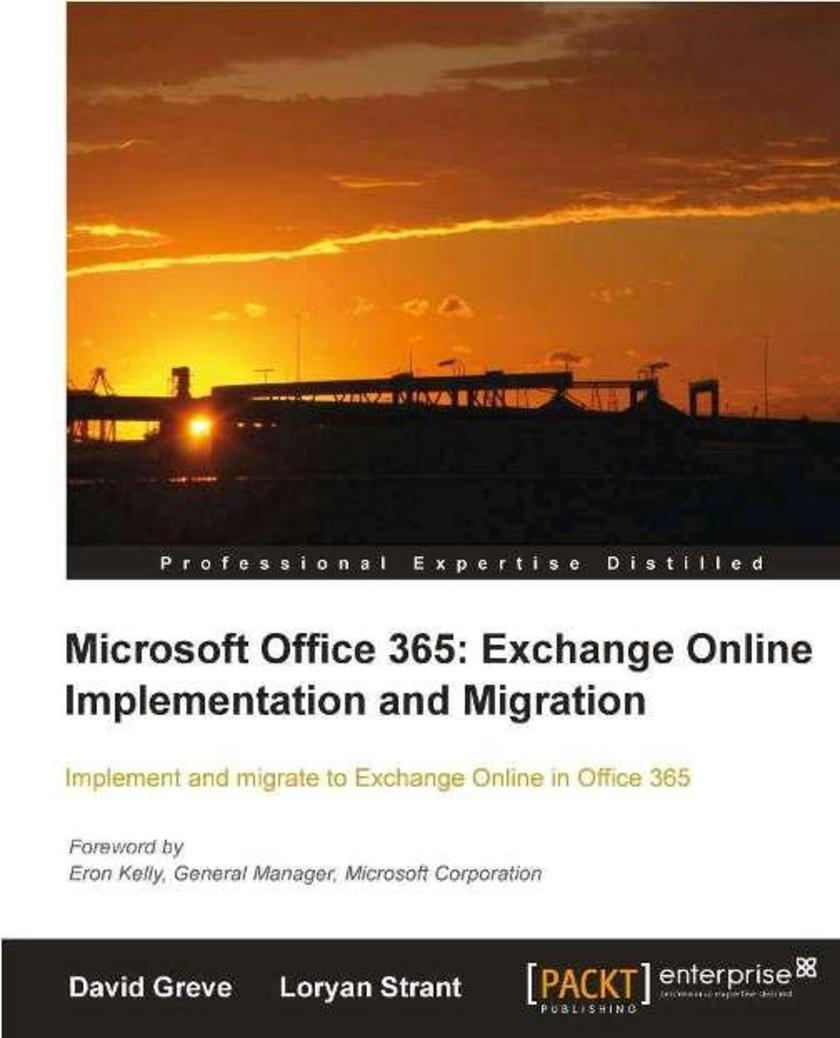
Microsoft Office 365: Exchange Online Implementation and Migration
¥71.93
A practical, hands-on tutorial that shows small businesses to enterprises how to implement and migrate to Exchange Online in Office 365. If you are an information technology (IT) professional; administrator, small business owner, manager or consultant who needs to implement and migrate to Exchange Online in Office 365 within your business, then this book is for you. Knowledge of Microsoft Office 365 is not required, however, experience with Microsoft Exchange Server and mail clients, role and delegation concept is required.
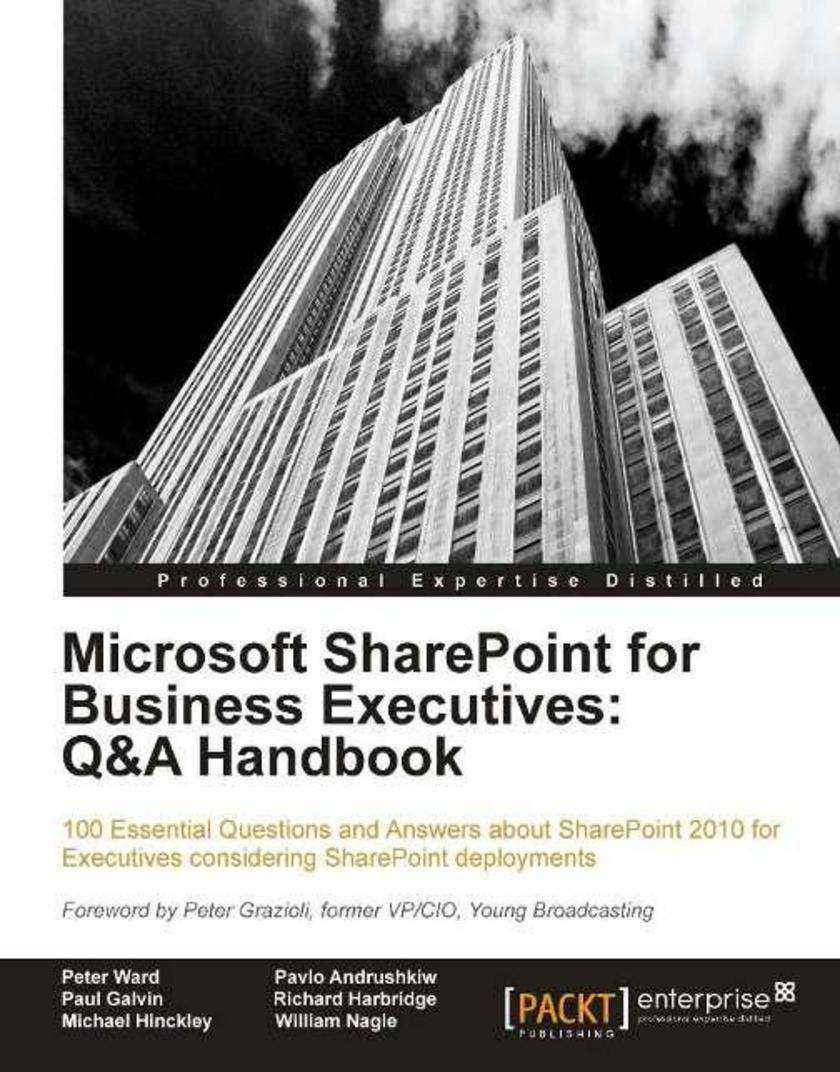
Microsoft SharePoint for Business Executives: Q&A Handbook
¥71.93
“Microsoft SharePoint for Business Executives: Q&A Handbook” is a quick, non-technical reference for business executives who need to get up to speed with SharePoint and understand how to make the right decision about implementations. With an easy to absorb Q&A approach and short bite size chapters focused on defined SharePoint subjects, the book follows specific SharePoint situations drawn from real world experience, enabling you to learn from anecdotes and case studies along the way. “Microsoft SharePoint for Business Executives: Q&A Handbook” is the perfect companion for business executives or non-technical team leaders who don’t want to trawl through a detailed, hands-on functionality guide to get up to speed with SharePoint. If you simply need to understand important implementation decisions or have the confidence to challenge your technical team on an approach, this book will prepare you to ask the right questions and make the right decisions. No prior knowledge of SharePoint is required.
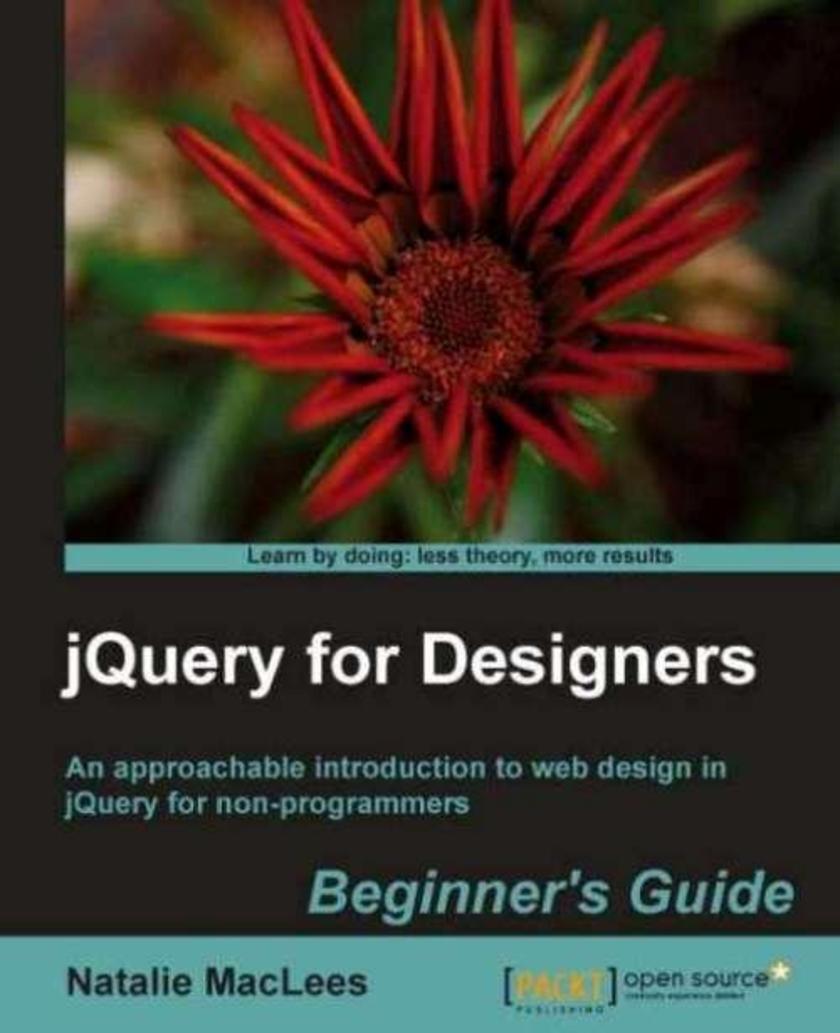
jQuery for Designers: Beginner’s Guide
¥71.93
Part of Packt’s Beginner’s Guide series, each chapter focuses on a specific part of your website and how to improve its design with the use of jQuery. There are plenty of screenshots and practical step-by-step instructions making it easy to apply jQuery to your site. This book is for designers who have the basics of HTML and CSS, but want to extend their knowledge by learning to use JavaScript and jQuery.
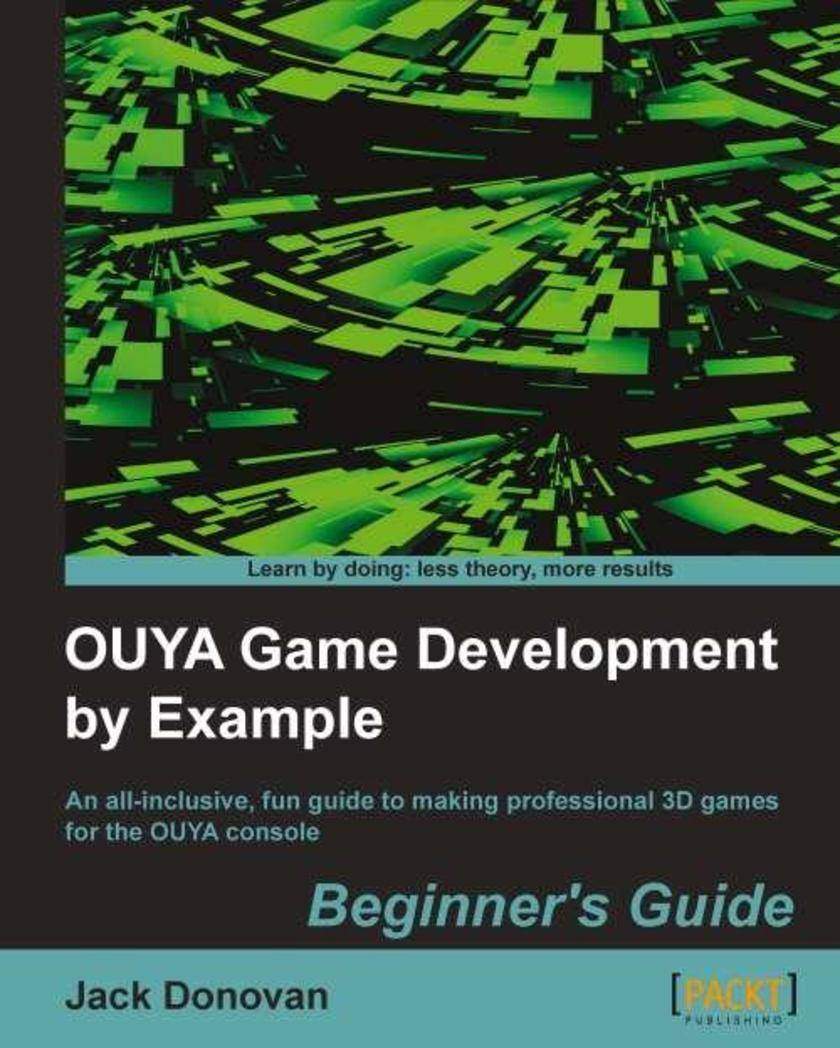
OUYA Game Development by Example
¥71.93
"OUYA Game Development by Example" consists of different game application examples. No prior experience with programming is required. You will learn everything from scratch and will have an organized flow of information specifically designed for complete beginners. Using this book, you can get started with creating games without any game development experience. This book is perfect for anyone that wants to make video games but is unsure of where to start. It covers elements of game design, art, and programming comprehensively, and the engine used throughout all of the tutorials is very beginnerfriendly. No prior knowledge is assumed or required for the tutorials in this book.
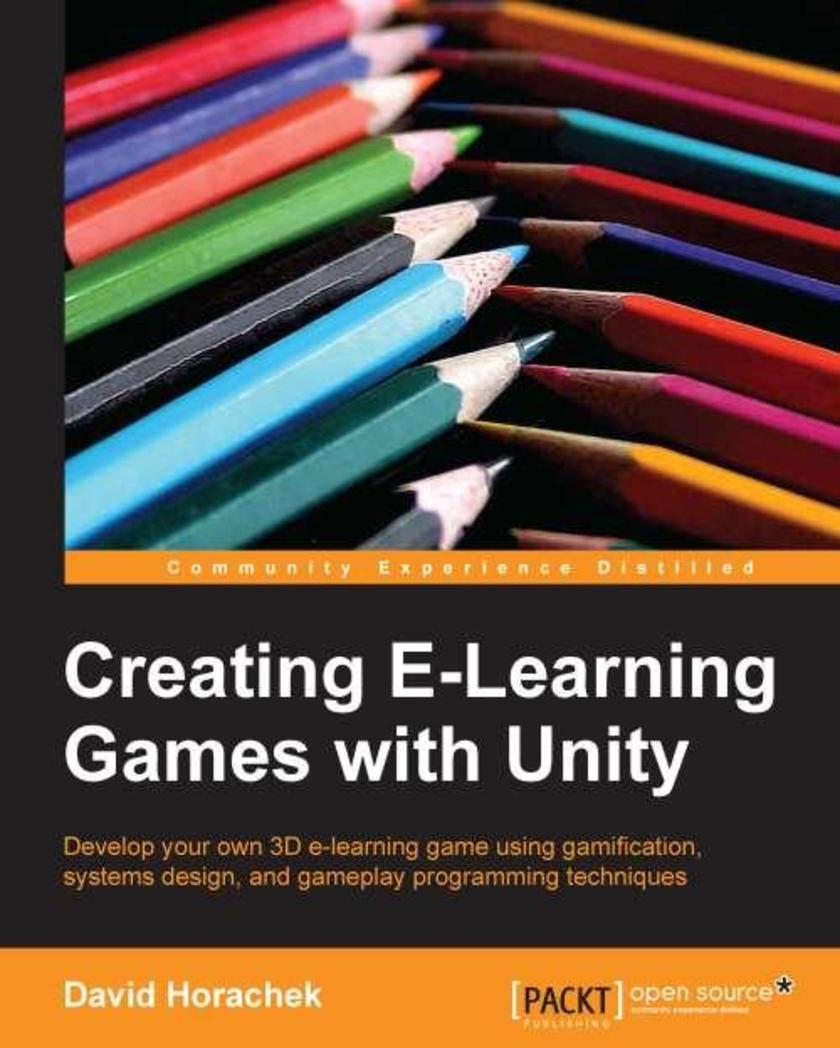
Creating eLearning Games with Unity
¥71.93
This book is an easytofollow guide that incrementally develops the game framework and missions, stepbystep, with each chapter. Extensive source code is provided and explained in detail to support and explain each of the concepts in the book. This book is intended for novice game programmers with a little experience in Unity3D, who want to learn how to program eLearning games. Educators and trainers who want to use Unity in an eLearning setting will also benefit from the book. It would be helpful to have a basic understanding of the concepts such as Unity *ing and the Finite State Machine (FSM), but no prior experience in game development is required.
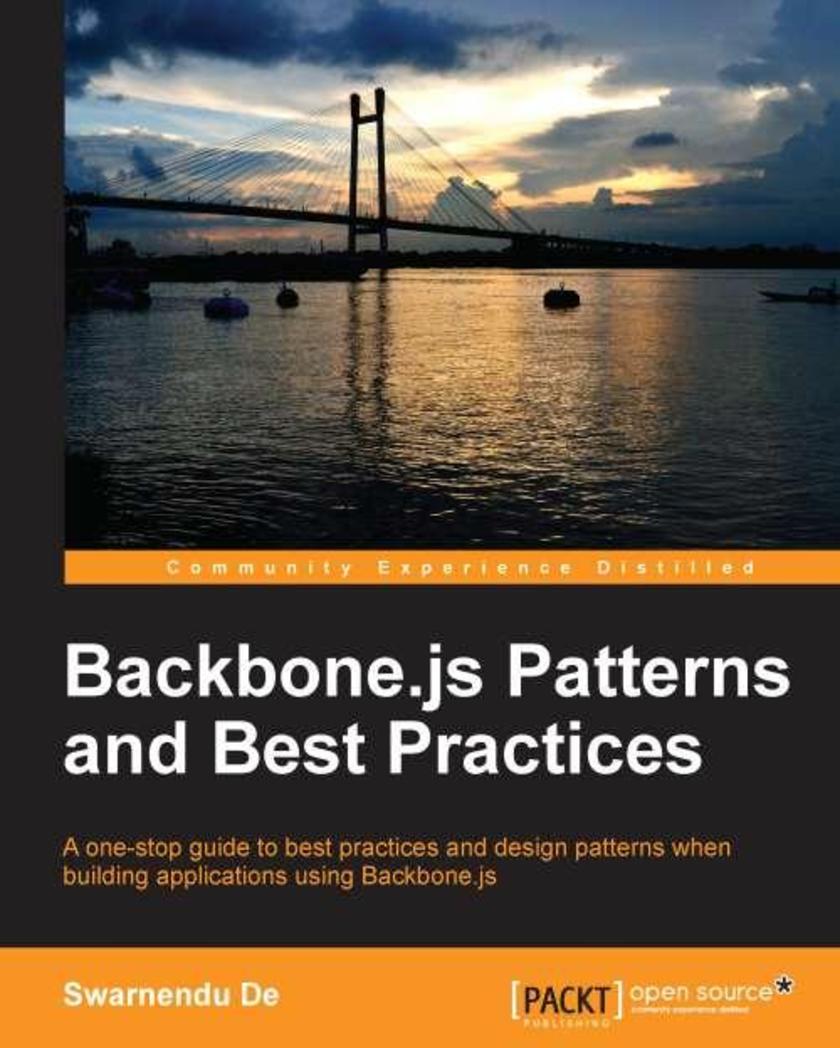
Backbone.js Patterns and Best Practices
¥71.93
This is a stepbystep guide to design patterns, best practices, and solutions to common problems for Backbone.jsbased application development. This book is for JavaScript developers who work with Backbone.js and want to learn the best design patterns to develop complex web applications. Basic knowledge of Backbone.js and JavaScript is essential.
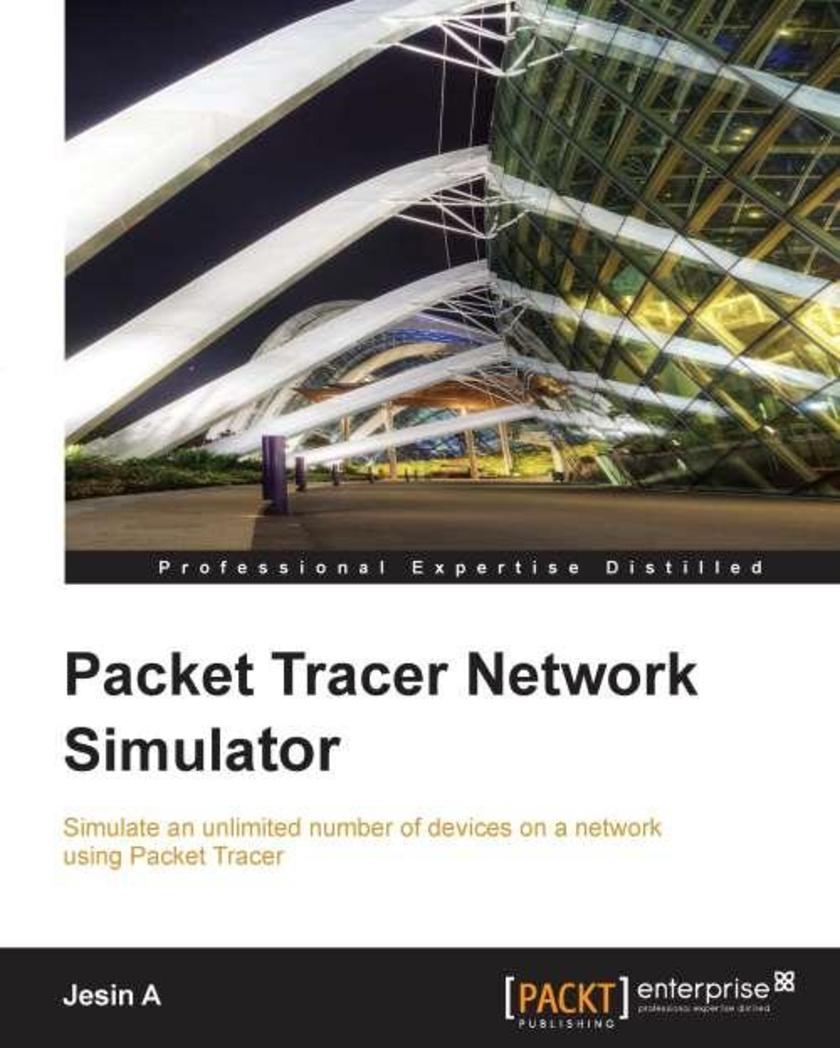
Packet Tracer Network Simulator
¥71.93
A practical, fastpaced guide that gives you all the information you need to successfully create networks and simulate them using Packet Tracer. Packet Tracer Network Simulator is aimed at students, instructors, and network administrators who wish to use this simulator to learn how to perform networking instead of investing in expensive, specialized hardware. This book assumes that you have a good amount of Cisco networking knowledge, and it will focus more on Packet Tracer rather than networking.
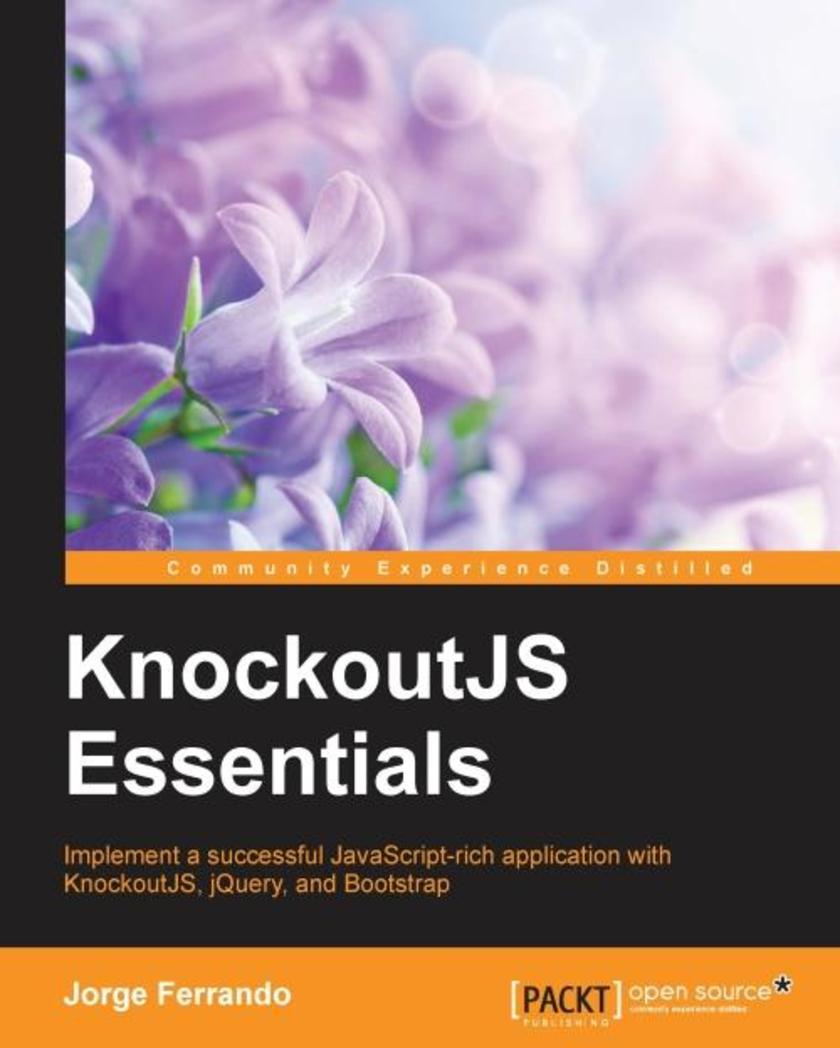
KnockoutJS Essentials
¥71.93
If you are a JavaScript developer who has been using DOM manipulation libraries such as Mootools or Scriptaculous, and you want go further in modern JavaScript development with a simple and well-documented library, then this book is for you. Learning how to use Knockout will be perfect as your next step towards building JavaScript applications that respond to user interaction.
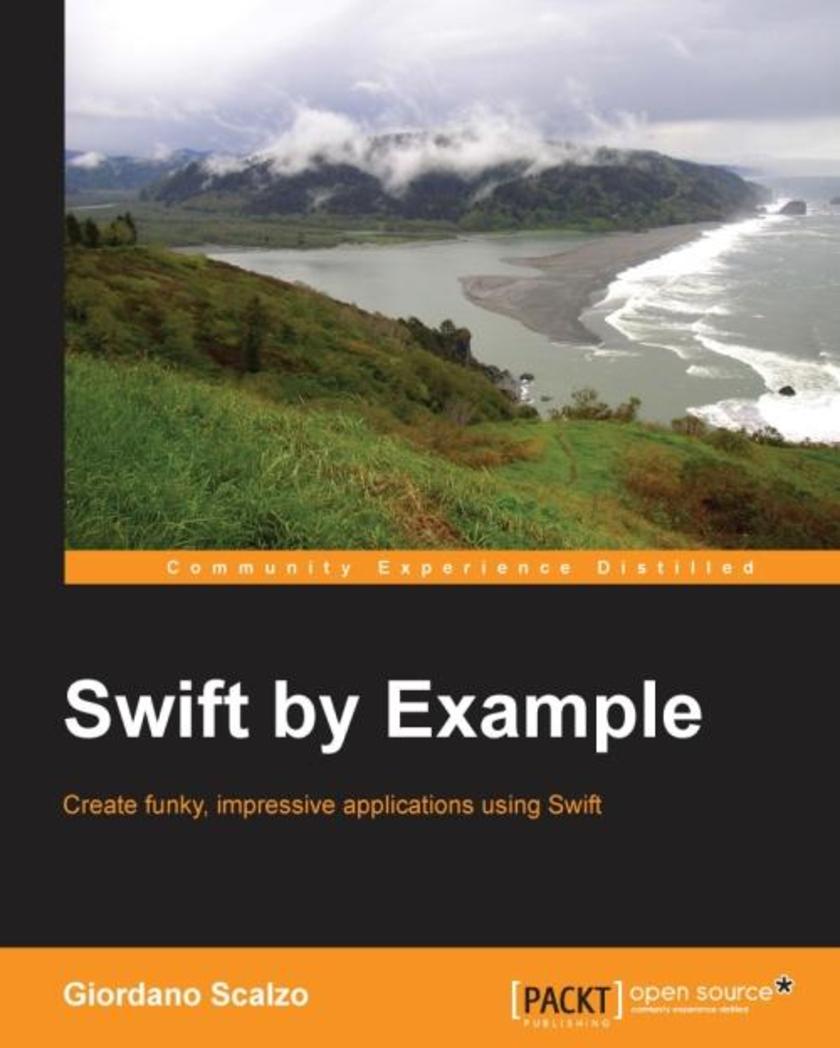
Swift by Example
¥71.93
This book is intended for those who want to learn to develop apps in Swift the right way. Whether you are an expert Objective-C programmer or new to this platform, you'll learn quickly, grasping the code of real-world apps to use Swift effectively. Prior experience in development for Apple devices would be helpful, but is not mandatory.
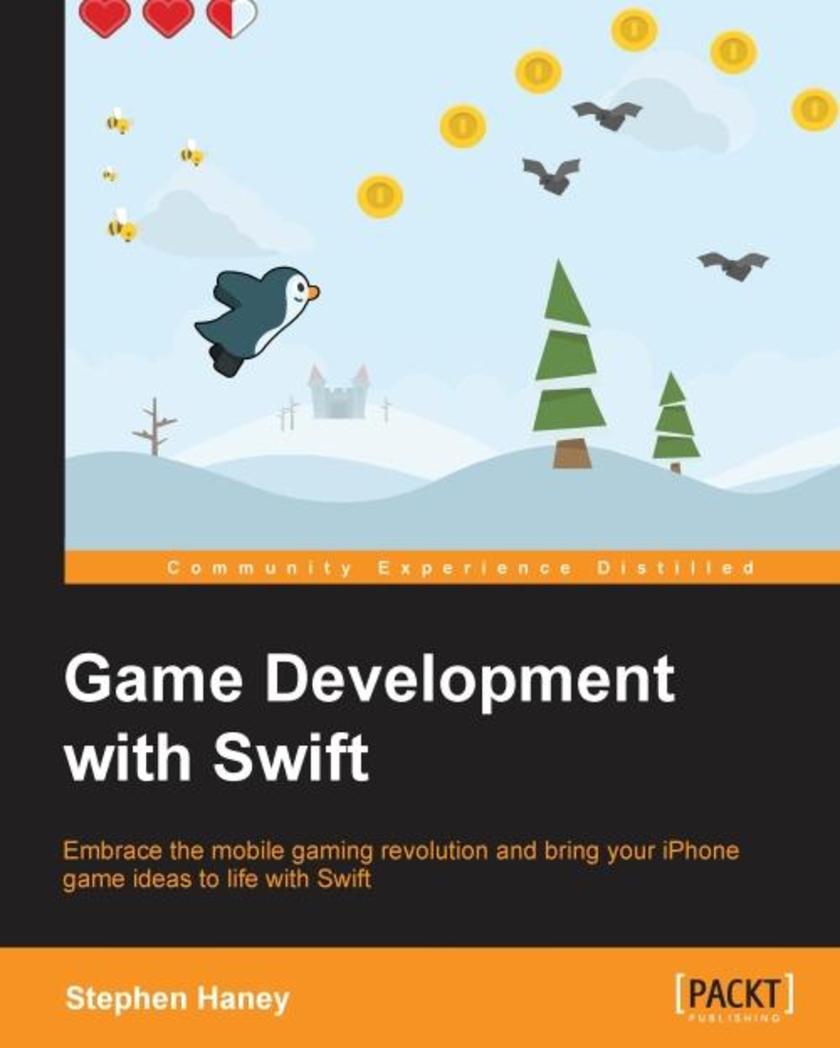
Game Development with Swift
¥71.93
If you wish to create and publish fun iOS games using Swift, then this book is for you. You should be familiar with basic programming concepts. However, no prior game development or Apple ecosystem experience is required.
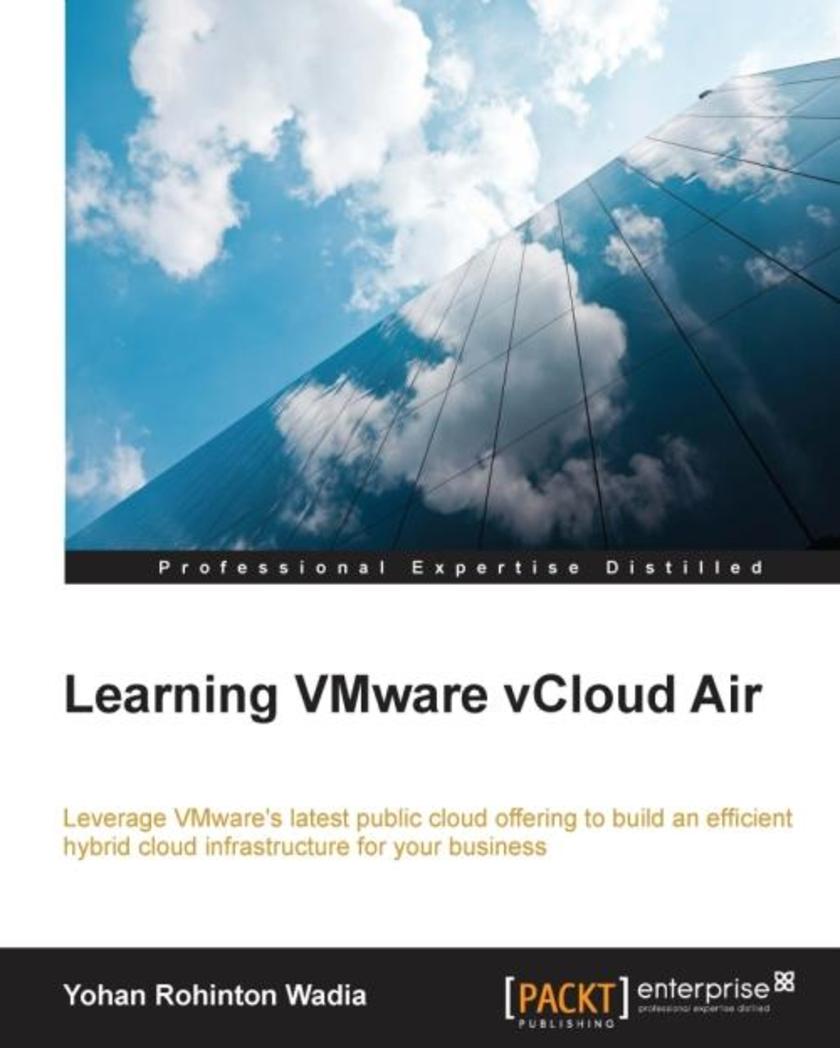
Learning VMware vCloud Air
¥71.93
This book is intended for cloud engineers or administrators who wish to explore and gain hands-on experience of VMware vCloud Air. To make the most of this book, it would be beneficial to have a bit of familiarity with basic VMware vCloud concepts, but no prior experience is required.
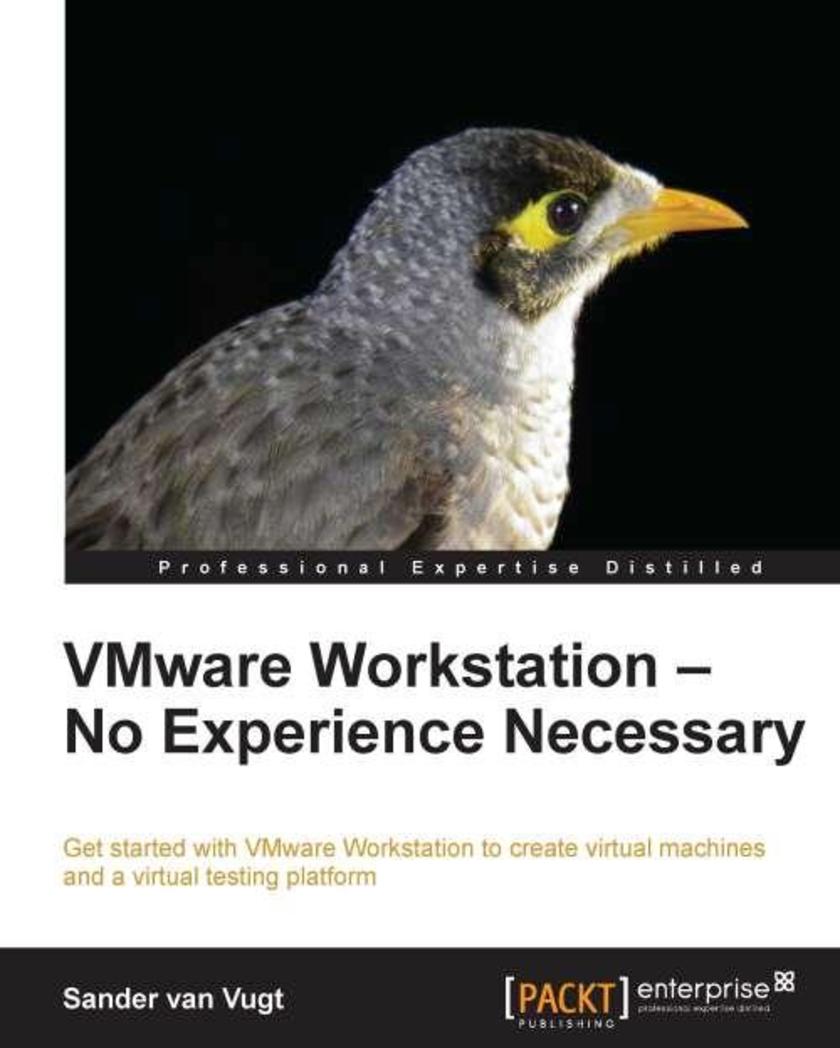
VMware Workstation – No Experience Necessary
¥71.93
This book is a practical, step-by-step guide to creating and managing virtual machines using VMware Workstation.VMware Workstation: No Experience Necessary is for developers as well as system administrators who want to efficiently set up a test environment .You should have basic networking knowledge, and prior experience with Virtual Machines and VMware Player would be beneficial
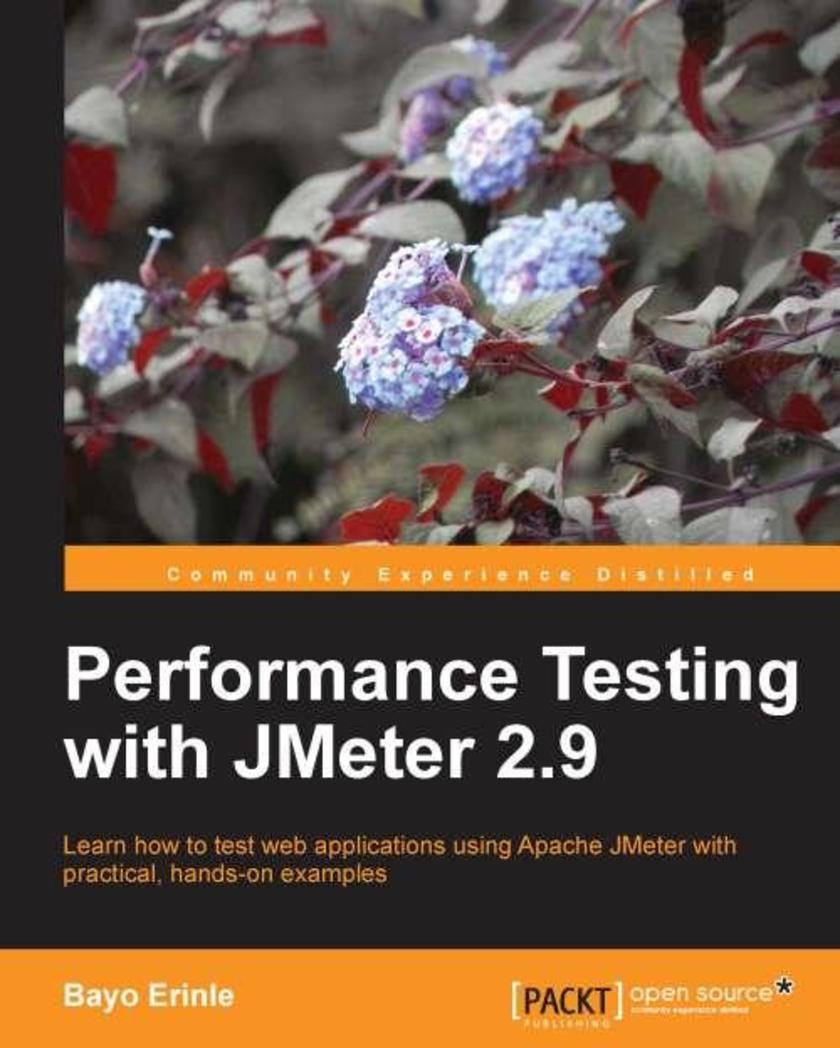
Performance Testing With JMeter 2.9
¥71.93
Performance Testing With JMeter 2.9 is a standard tutorial that will help you polish your fundamentals, guide you through various advanced topics, and along the process help you learn new tools and skills.This book is for developers, quality assurance engineers, testers, and test managers new to Apache JMeter, or those who are looking to get a good grounding in how to effectively use and become proficient with it. No prior testing experience is required.
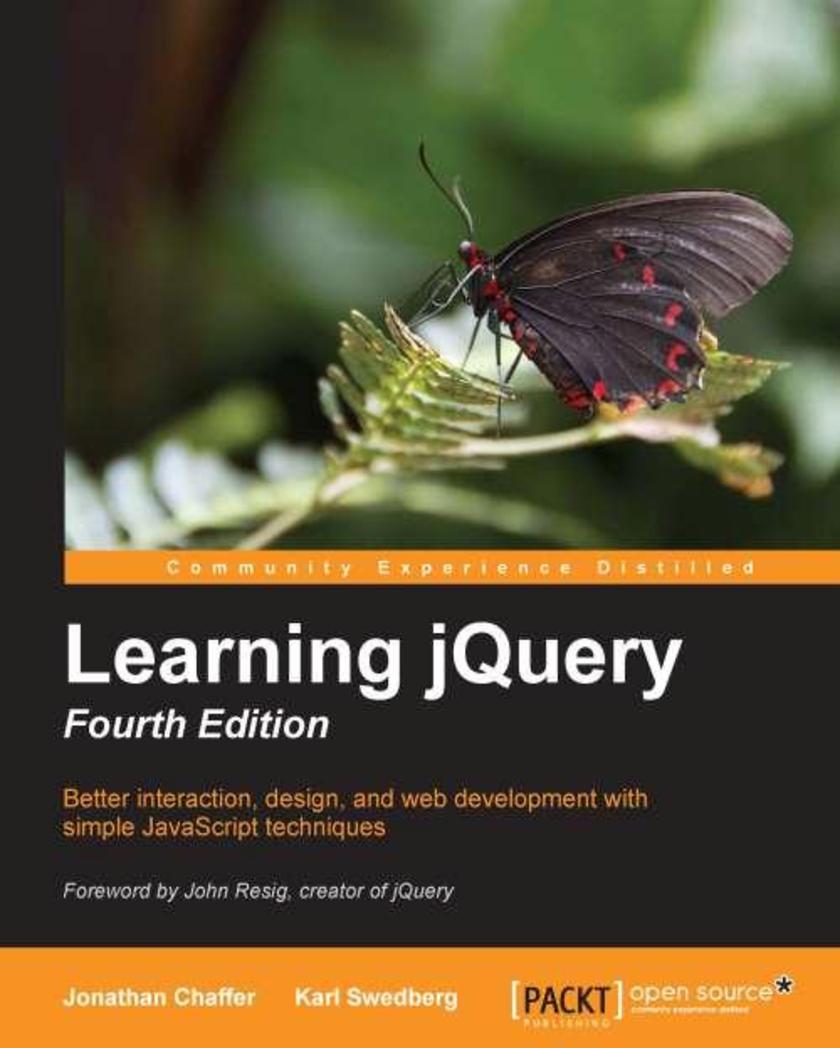
Learning jQuery Fourth Edition
¥71.93
Step through each of the core concepts of the jQuery library, building an overall picture of its capabilities. Once you have thoroughly covered the basics, the book returns to each concept to cover more advanced examples and techniques.This book is for web designers who want to create interactive elements for their designs, and for developers who want to create the best user interface for their web applications. Basic JavaScript programming and knowledge of HTML and CSS is required. No knowledge of jQuery is assumed, nor is experience with any other JavaScript libraries.




 购物车
购物车 个人中心
个人中心



